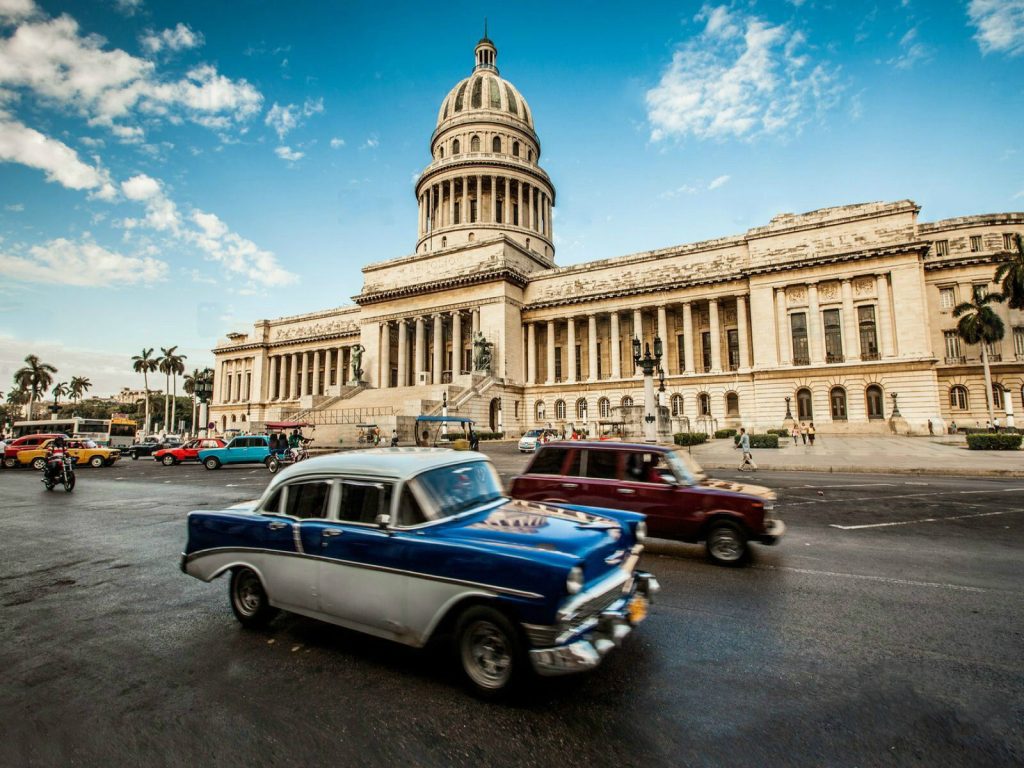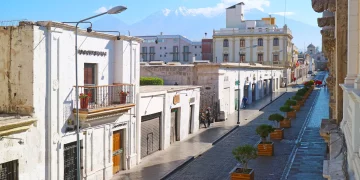Hemingway’s Haunt: The Timeless Echoes of Havana
The city of Havana, a tapestry woven with the threads of time, art, and the indelible marks of literary giants, holds within its heart a trove of tales spun by Ernest Hemingway, one of the 20th century’s most celebrated novelists. Born in 1899 in Illinois, Hemingway spent a significant third of his life in Cuba, with his presence as deeply ingrained in the island’s culture as in the pages of his storied works.
Hotel Ambos Mundos: Room 511’s Literary Sanctuary
In the bustling capital of Cuba, the Hotel Ambos Mundos stands as a pink-hued beacon of history, its corridors adorned with Hemingway’s visage. The hotel, which Hemingway first fell in love with during his early visits to Havana, has preserved the writer’s Room 511 just as he left it. Though the room is modest in size, the sunlight pouring through its French windows offers a glimpse of the Caribbean Sea, and the space is replete with Hemingway’s books, photos, and a bronze effigy. A vintage typewriter, now shielded by glass, sits on a desk by the window, a silent testament to the works penned within these walls, including parts of “For Whom the Bell Tolls” and “Death in the Afternoon.”
El Floridita: The “Daiquiri” Bar Where Legends Imbibe
Beyond the old city’s baroque and neoclassical facades is El Floridita, a bar frequented by Hemingway, known for its daiquiris—a concoction of rum, lime, sugar, and crushed ice that offers a taste of sweetness tinged with a hint of melancholy. It’s a place where patrons can sip on a Hemingway favorite while surrounded by the signatures of literary aficionados that adorn the bar’s blue walls, including those of Nobel laureates Gabriel García Márquez and Pablo Neruda.

Finca Vigía: Hemingway’s Cuban Retreat
Nestled in the outskirts of Havana is Finca Vigía, Hemingway’s home from 1939 to 1960. The estate, once a Spanish lookout post, offers panoramic views of Havana. Today, Finca Vigía stands as a museum, its white facade peeking through lush greenery. The rooms, including Hemingway’s writing studio, remain as they were, with the writer’s typewriter and telescope still pointing toward the distant sea. It is here that “The Old Man and the Sea” was conceived, a narrative that not only won Hemingway the Nobel Prize but also resonated as a spiritual refuge for many of his era.
Hemingway’s Havana: A Pilgrimage for the Literary Soul
Hemingway’s life, as dramatic as his prose, ended in Idaho in 1961. Yet, his spirit lives on in the streets of Havana, where his favorite haunts, from his estate to the bars and hotels he frequented, and even the beaches he wrote about, have become hallowed grounds for literary pilgrims. For those who revere Hemingway, a journey through Havana is not just a walk through history but a pilgrimage to the very places that fueled the imagination of a writer whose works continue to captivate the world.





















